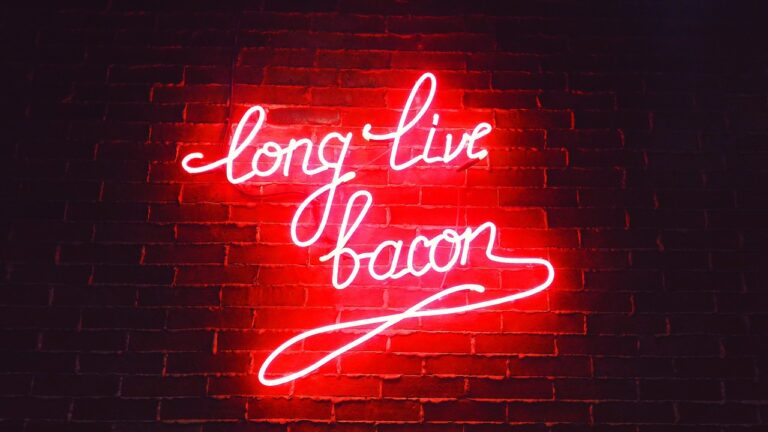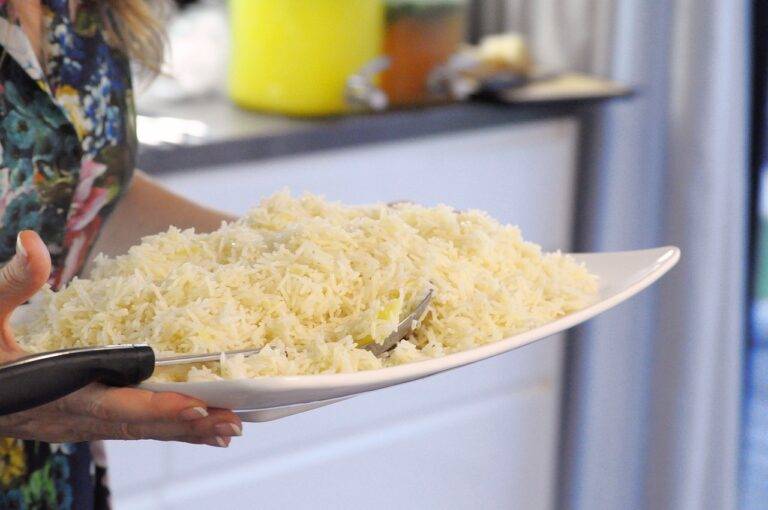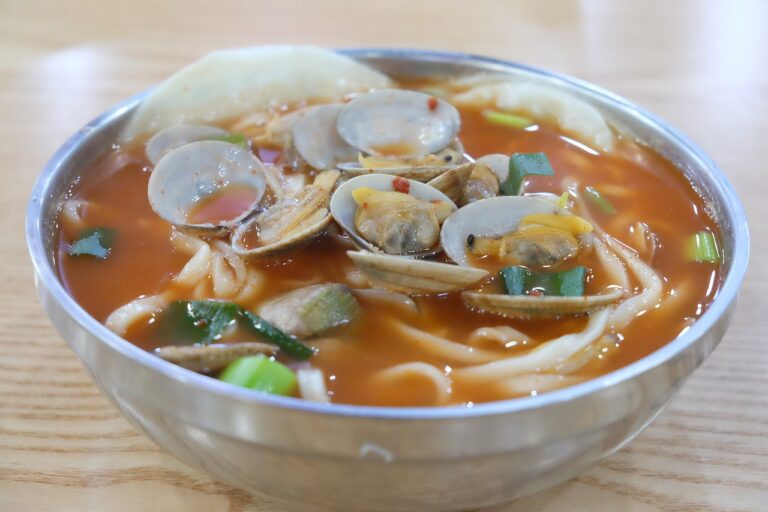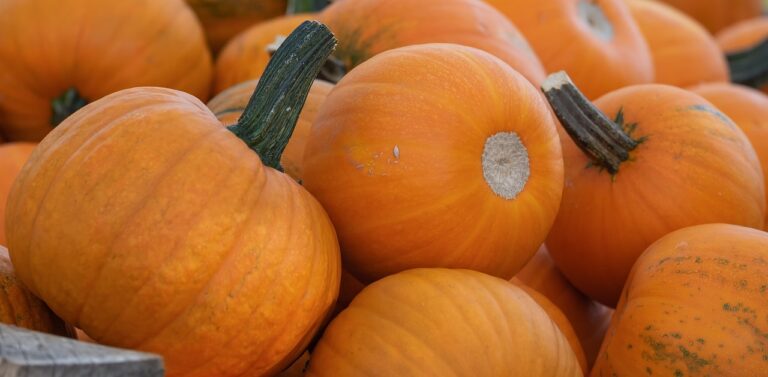The Role of Food in Literature and Film: From Fictional Feasts to Culinary Classics
In many literary works and films, food is often used as a symbol to convey deeper meanings and themes. The way food is portrayed can offer insight into characters’ emotions, relationships, and societal norms. For example, a shared meal between characters may symbolize unity and camaraderie, while a character refusing to eat could indicate inner turmoil or defiance.
Moreover, the types of food depicted can also hold symbolic significance. Certain foods may represent cultural traditions, social status, or even political ideologies within the narrative. Through the use of food as a symbol, authors and filmmakers can enhance the richness of their storytelling and provide audiences with layers of interpretation to uncover.
Exploring Cultural Significance of Food in Stories
Food plays a pivotal role in stories across various cultures, serving as a powerful symbol that conveys deeper meanings and emotions. Through descriptions of food, authors and filmmakers are able to evoke sensory experiences that resonate with audiences on a visceral level. From the lavish feasts of kings to the simple meals of peasants, the depiction of food in stories can offer insight into societal hierarchies, values, and traditions, reflecting the cultural context in which the narrative is set.
In literature and film, food is often used to symbolize themes such as love, abundance, scarcity, power, and identity. The act of sharing a meal can signify unity and camaraderie, while the absence or abundance of food can represent themes of deprivation or excess. By incorporating food into their narratives, storytellers are able to create rich tapestries of meaning that enhance the overall depth and complexity of their works.
The Art of Describing Food in Writing and Visual Media
Describing food in writing and visual media is a craft that transcends mere consumption. Through vivid and sensory descriptions, authors and filmmakers have the power to evoke emotions, trigger memories, and immerse audiences in the cultural tapestry woven through food. From the rich hues of ripe fruits to the tantalizing aroma of freshly baked bread, each detail serves as a portal into the world of the story.
In literature, food descriptions can illuminate a character’s personality, background, or mood without explicitly stating it. For instance, a character indulging in a decadent feast may signify abundance and celebration, while a meager meal can hint at hardship and scarcity. Similarly, in film, close-up shots of sizzling steaks or steaming bowls of noodles can elicit hunger, desire, or even repulsion, depending on the context. The art lies in the subtlety of these descriptions, allowing food to serve as a symbol or motif that enriches the narrative tapestry.
• Describing food in writing and visual media is a craft that evokes emotions and triggers memories
• Authors and filmmakers have the power to immerse audiences in the cultural tapestry woven through food
• Food descriptions can illuminate a character’s personality, background, or mood without explicitly stating it
• In literature, food descriptions can serve as symbols or motifs that enrich the narrative tapestry
• Close-up shots of food in film can elicit hunger, desire, or repulsion depending on the context
Why is food often used as a symbol in literature and film?
Food is often used as a symbol in literature and film because it can represent a variety of themes, such as abundance, nourishment, temptation, and social status.
How can exploring the cultural significance of food enhance stories?
Exploring the cultural significance of food can add depth and richness to stories by highlighting the traditions, values, and identity of a particular culture.
What are some techniques for effectively describing food in writing?
Some techniques for effectively describing food in writing include appealing to the senses, using vivid imagery, incorporating details about the texture and taste, and creating a mood or atmosphere around the food.
How can visual media enhance the portrayal of food?
Visual media, such as photography and film, can enhance the portrayal of food by showcasing the colors, textures, and presentation of dishes in a way that captivates the audience and evokes a sensory experience.







